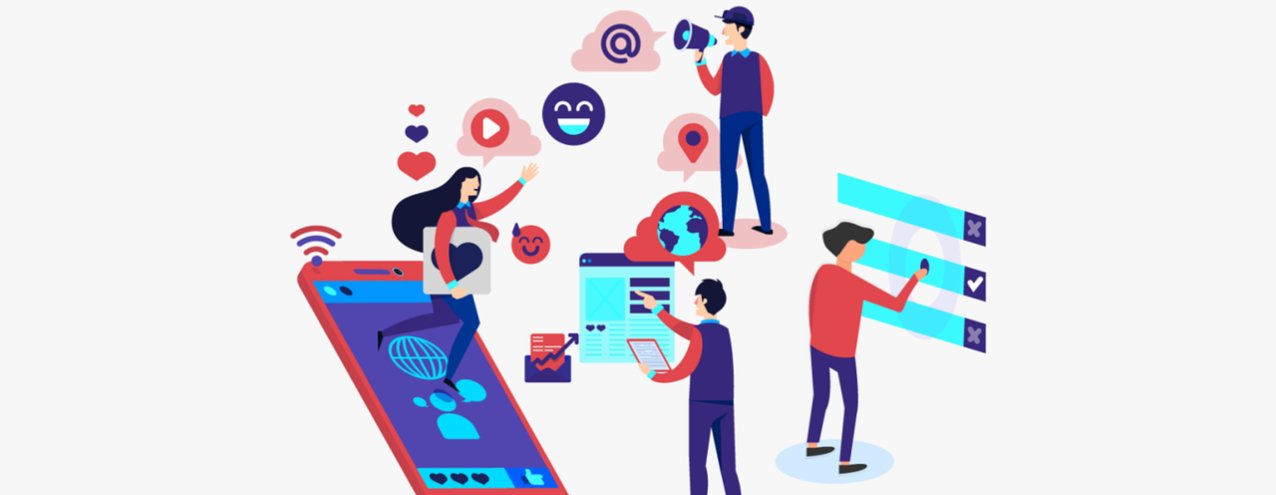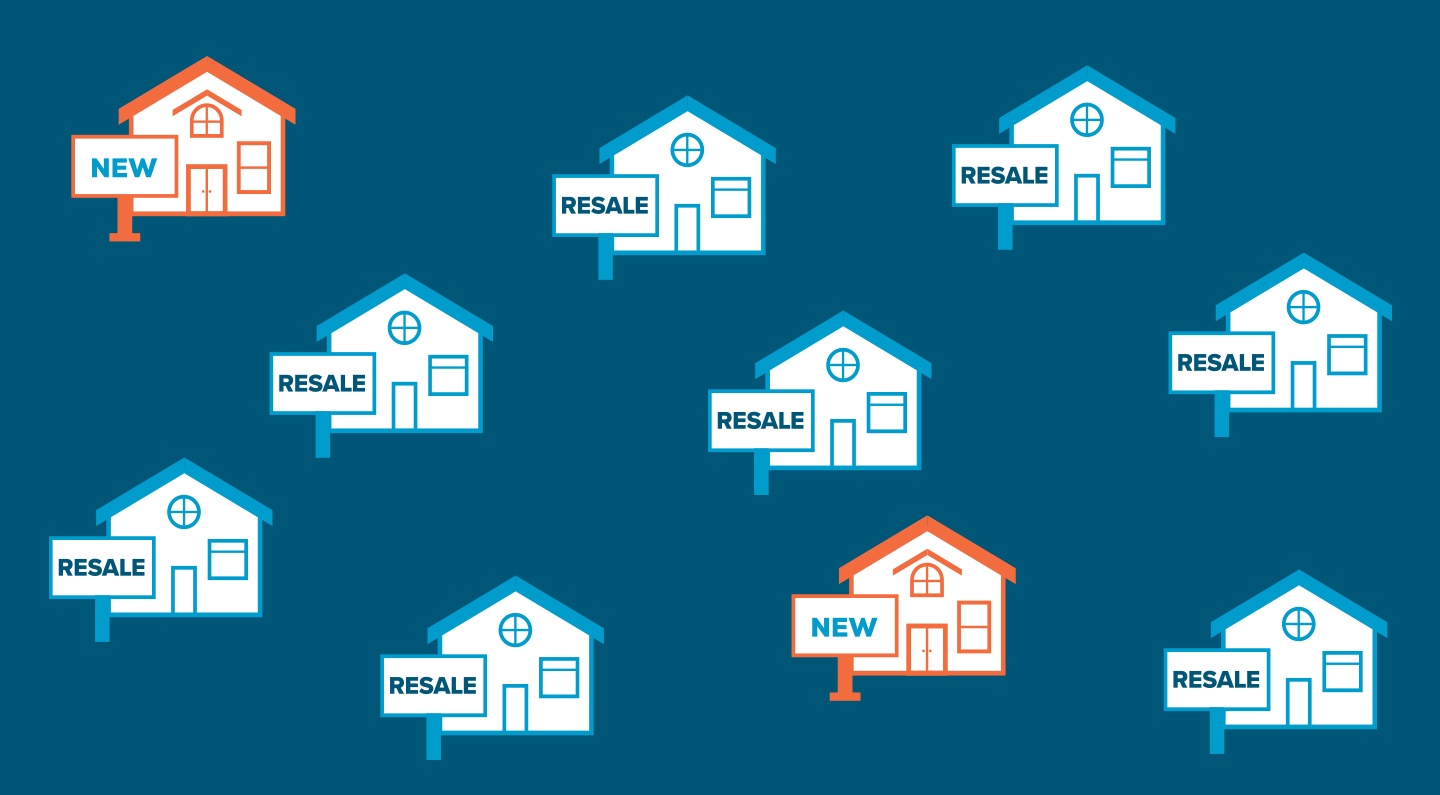Using Social Media as a Customer Service Tool
Your customers are on social media.
What’s more, they expect your business to be on social media.
And when they find your business on social media, they expect to be able to interact with you just as they do with all their other social media contacts.
Social media seems to have evolved into a necessary customer service tool for businesses.
But is it really? And, if so, what should you do to ace your social media customer service game?
The answers to both questions are below!
Why provide customer service on social media?
Let’s look at Facebook as an example, since over 1.88 billion active users are on Facebook daily (making it quite a large sample size for examination). Facebook reports over 1.3 billion of those users are on Messenger every day, and 66% of that 1.3 billion who message businesses say their communication builds a strong relationship. It builds trust.
And those are just the ones currently using social media to communicate with businesses. Facebook also reports a total of 73% of all Messenger users say they are open to interacting with businesses through messaging. While this is just one social media platform, it does provide insight into how many customers can be reached though these channels and, more importantly, how many customers want to be reached through these channels.
And remember, customer service is a two-way street. While you are helping them learn or deal with a problem, you are also collecting real-time feedback regarding the customer experience. At least 39% of consumers report actively providing this feedback to organizations online. Social media customer service is an exchange of information, valuable for both sides of the equation.
But information exchange isn’t the only way that social media customer service benefits your company. Your customer service speed and accuracy will see a substantial boost, especially when compared to more traditional customer service methods like email (a statement which really dates a lot of us). In fact, social media customer service has been shown to be 48% more accurate and 44% faster than email.
Faster and more accurate customer service leads to happier customers, with good social media customer service increasing customer satisfaction by over 26%. And these happy customers are going to share their experiences online. If your social media customer service rocks, 71% of your customers who have positive social media customer care interactions are likely to recommend your company to their online friends—and 65% of them will actually become even more loyal.
All that positive mojo will greatly impact your bottom line. Those customers talking to their friends online can end up boosting your revenue 81%. And not only that, but those initial customers will remain customers longer (customer retention is increased by an astounding 92%) and spend about 20%-40% more. All this for almost 63% less than you would spend on a phone customer service channel. Get more, pay less!
A 5-step plan for social media customer service success
Social media is the preferred channel for customer care of many customers (34.5%). In order to best meet and help them in the spaces they want you to be, you need a plan. Here are five tips for making the most out of your social media customer service.
1. Create a dedicated social media customer service team
Even if that team is one person, it is important to have the same people/person handling social media customer service. It is just as important for customer service on social media channels to be that team’s main focus. Social media customer service cannot be an afterthought—it must be a strategically offered channel of assistance. Studies have shown that a dedicated team is key for quick response times. One study of Twitter showed 59% of companies with dedicated teams respond to Tweets within 15 minutes. For those without a team, however, only 30% responded as quickly. Dedicated team=fast response time.
2. Create and post social media customer service hours and expected response time
In ye olden days (we write for comedic effect), brick-and-mortar companies used to post their hours right on the front door. (To paraphrase Mitch Hedberg, they still do, but they used to too.) Think of your social media customer service portals, then, as your front doors. Post the hours your team will be actively addressing customer service issues, as well as your expected response time. Be specific and make sure the posted information is very conspicuous.
3. Stick to those hours and honor that response time
The easiest way to build trust with your customers is to do exactly what you say you will do. Your hours and response time should be set in stone. While the average response time is 5 hours, 42% of customers want a response within 1 hour. Your customers shouldn’t have to guess when they’ll hear back from you. Keeping firm to your posted hours will provide your customers more realistic expectations.
4. Be an open advocate for your customers
This one feels slightly like a given, because it’s basically “do good customer service.” But, in the social media sphere where not all communication is in private messages, being an open advocate for your customers shows other—including future—customers how much you respect them. This builds a visible trust that ripples throughout your brand. Openly helping your customers is some of the best marketing you can ever invest in.
5. Be engaging and service-forward
The final part of our plan is not to wait for customer service issues come to your virtual doors. Have your team monitor your social media channels, look for issues you may be able to fix, and then initiate the customer service. This proactive approach takes the idea of being an open advocate for your customers and turns it up to 11. And while you are helping your customers, realize you have an extra opportunity to engage with them and get them to engage with you (a topic for a later blog). There you have it: many reasons to take control of your social media customer service game, and five steps to help you achieve that goal. As you can see, providing exceptional customer service through your social media channels unlocks a potential powerhouse in helping, engaging with, and learning from your customers. It is a true win-win scenario!









